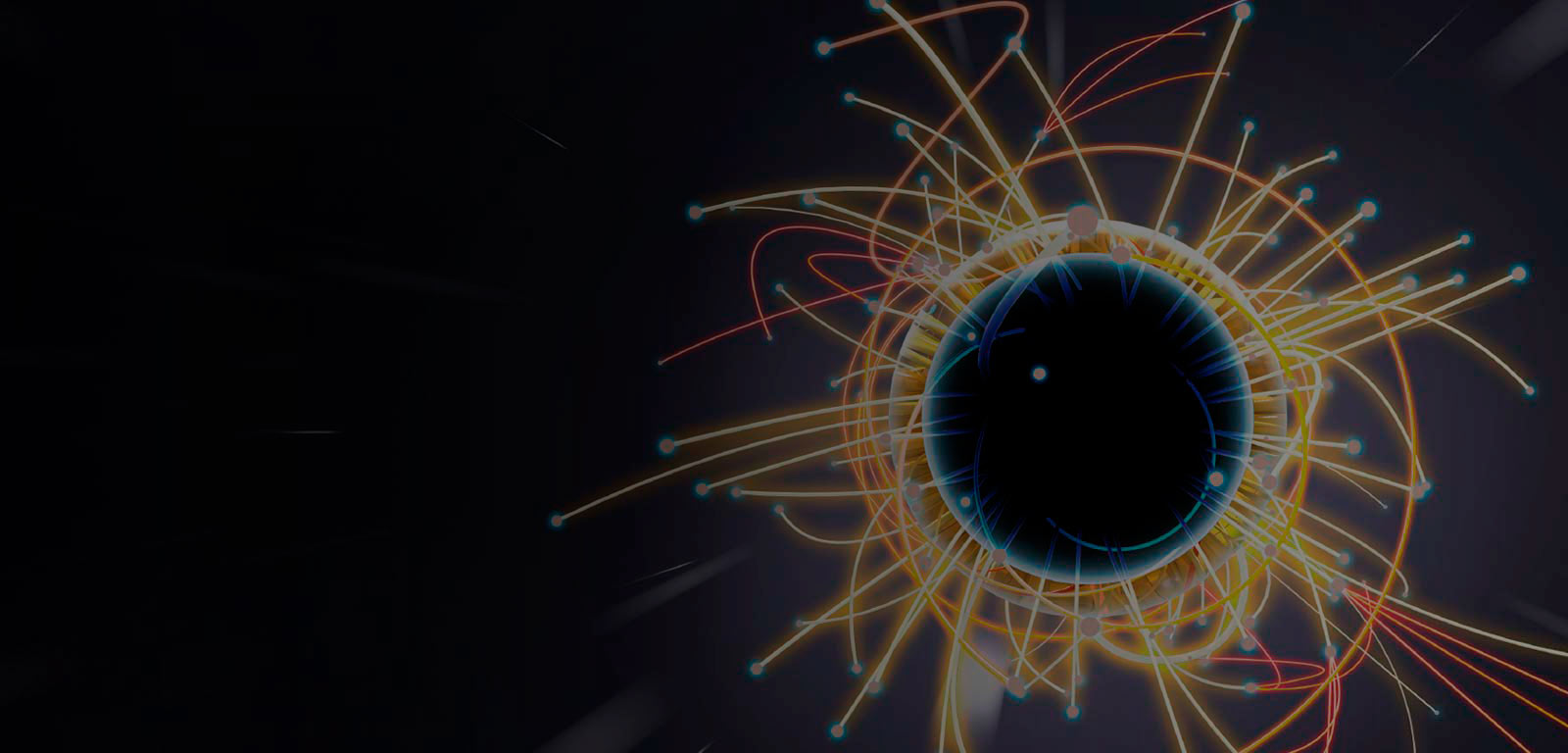Subject
Quantum field theory
General details of the subject
- Mode
- Face-to-face degree course
- Language
- English
Description and contextualization of the subject
This course is foundational for later scientific development in the quantum domain. The main object of study are fields, as distinct from particles: the magnitudes of interest are functions of space and time, and not simply of time.In this course you will have a first introduction to how fields can be considered in the quantum regime, on the crucial conceptual new insights required for a first understanding of the new physical phenomena at hand, and to the vocabulary and simpler techniques of QFT.
The main prerequisites are those common to the Master’s programme, namely a strong background in physics and mathematics, with special emphasis in having been exposed as an undergraduate to Quantum Physics, as applied to the description of atoms, molecules and solid state physics. Some familiarity with classical fields is also expected, in particular with regard to basic electromagnetic the- ory up to Maxwell’s equations and the wave equation. The basic mathematical toolbox of physics is taken for granted (linear algebra, calculus, differential equations up to Fourier analysis and separation of variables for PDEs, complex analysis, basic probability).
Teaching staff
| Name | Institution | Category | Doctor | Teaching profile | Area | |
|---|---|---|---|---|---|---|
| EGUSQUIZA EGUSQUIZA, IÑIGO LUIS | University of the Basque Country | Profesorado Titular De Universidad | Doctor | Bilingual | Theoretical Physics | inigo.egusquiza@ehu.eus |
| GARCIA ECHEVARRIA, MIGUEL | University of the Basque Country | Profesorado Agregado | Doctor | Bilingual | Theoretical Physics | miguel.garciae@ehu.eus |
Competencies
| Name | Weight |
|---|---|
| Que los estudiantes sean capaces de resolver problemas estándar y avanzados de teoría cuántica de campos. | 70.0 % |
| Understanding the topics and being able to present them | 15.0 % |
| To be able to present a topic not explicitly included in the syllabus | 15.0 % |
Study types
| Type | Face-to-face hours | Non face-to-face hours | Total hours |
|---|---|---|---|
| Lecture-based | 30 | 40 | 70 |
| Seminar | 10 | 10 | 20 |
| Applied classroom-based groups | 10 | 25 | 35 |
Assessment systems
| Name | Minimum weighting | Maximum weighting |
|---|---|---|
| Presentations | 15.0 % | 50.0 % |
| Solving practical cases | 15.0 % | 15.0 % |
| Written/oral tests | 70.0 % | 80.0 % |
Ordinary call: orientations and renunciation
Oral presentations (including self-assesment of group work) will provide 15% of the final grade. The final written/oral exam will account for 70% of the final grade, and take home projects will cover the remaining 15%.If the health situation warrants it, the assessment will be carried online.
In order to conserve the right to the maximum number of resits, you cannot just sit out the exam. Written notice of your intention to sit out the exam is needed, in timely fashion, according to regulations.
Extraordinary call: orientations and renunciation
Written long paper. Again, If the health situation warrants it, the assessment will be carried online.In order to conserve the right to the maximum number of resits, you cannot just sit out the exam. Written notice of your intention to sit out the exam is needed, in timely fashion, according to regulations.
Temary
1.Classical Field Theory and Canonical Quantization.a) Introduction and the Poincaré group.
b) Classical theory of scalar field. Klein-Gordon equation.
c) Lagrangian and Hamiltonian formalism.
d) Noether theorem. Symmetries and conserved currents.
e) Canonical quantization (‘second quantization’). Free scalar field.
2. Interactions and Feynman diagrams
a) Interacting field theory.
b) Perturbations and Feynman diagrams
c) S matrix.
3. Renormalization
a) Statement of the problem.
b) Regularisation.
c) Renormalizability: general scalar fields.
d) Renormalizability in QED: fermions,Feynman rules, gammology.
4. * Electrodynamics
a) Gauge invariance
b) QED: elementary processes
5.* Non-perturbative methods
a) Symmetries.
b) LSZ.
c) Ward identities.
6. * Non-abelian gauge theories
a) Non-abelian gauge theories: pure gauge.
b) Fermions in non-abelian gauge theories.
c) Spontaneous symmetry breaking: Higgs mechanism in the standard model.
The starred topics are a desideratum, and in most realizations will not be presented in any depth
Bibliography
Basic bibliography
Schwartz, Matthew D. Quantum Field Theory and the Standard Model. Cambridge University Press, 2014.M. Maggiore, A Modern Introduction to Quantum Field Theory, Oxford University Press, 2005
M.E. Peskin and D.V. Schroeder, Introduction to Quantum Field Theory, Addison Wesley, 1995
In-depth bibliography
Alvarez-Gaumé, Luis and Miguel A. Vázquez-Mozo, An Invitation to Quantum Field Theory. Lecture Notes in Physics, vol. 839. Springer Nature, 2019.A. Zee, Quantum Field Theory in a nutshell, Princeton University Press, 2003
Thomas Banks, Modern Quantum Field Theory: a Concise Introduction, Cambridge University Press, 2008
For connections with QFT in condensed matter physics, see
Altland, Alexander and Ben D. Simons, Condensed Matter Field Theory. Cambridge University Press, 2010.


